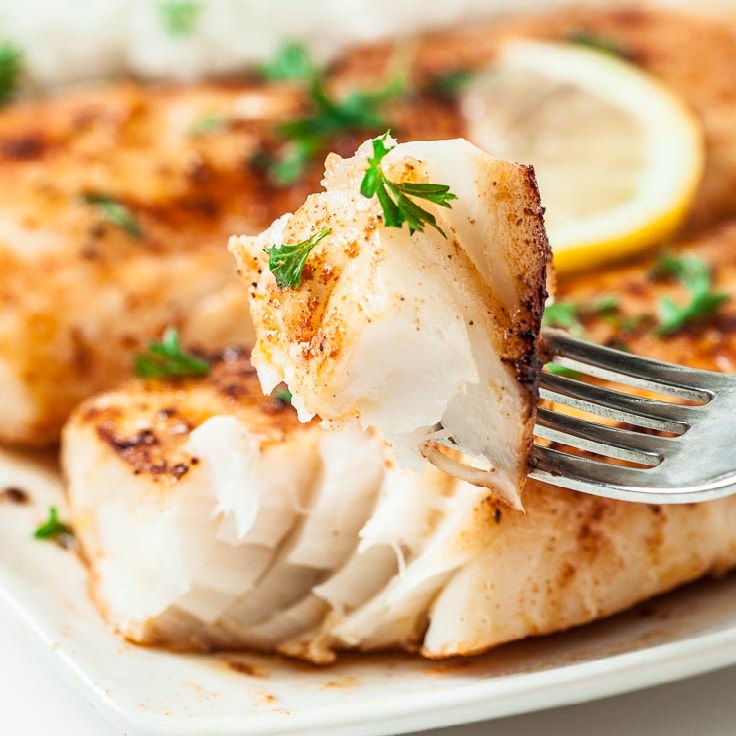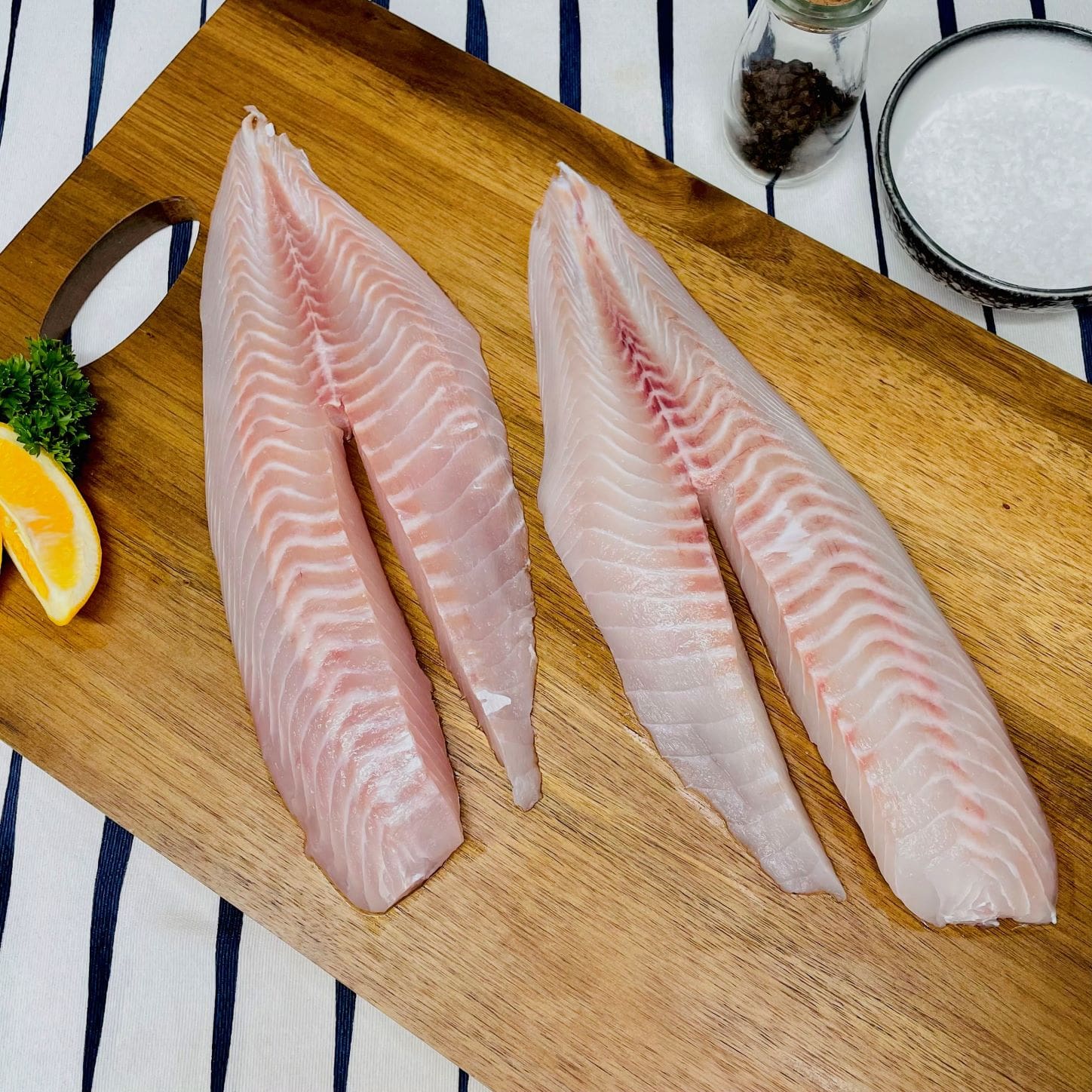Prepare to embark on a culinary adventure with tarakihi, a delectable fish that embodies the vibrant flavors of New Zealand’s marine heritage. Renowned for its firm texture, mild taste, and versatility in the kitchen, tarakihi has become a staple in local cuisine, inspiring a myriad of tantalizing recipes that showcase its unique character.
From the depths of the ocean to the shores of culinary artistry, tarakihi holds a special place in New Zealand’s culinary landscape. Its nutritional richness, sustainable fishing practices, and diverse culinary applications make it a fish that is both delicious and responsible, inviting you to explore a world of culinary possibilities.
Introduction to Tarakihi

Tarakihi, known scientifically as Nemadactylus macropterus, is a species of marine fish belonging to the family Cheilodactylidae. These fish are found in the coastal waters of New Zealand, particularly around the North and South Islands, and are prized for their delicate flavor and versatility in cooking.Tarakihi
typically inhabit rocky reefs and kelp forests at depths ranging from 10 to 100 meters. They are omnivorous feeders, consuming a wide variety of prey, including small fish, crustaceans, mollusks, and marine worms. As a result of their varied diet, tarakihi have developed a robust and flavorful flesh that is highly sought after by both recreational and commercial fishermen.
Nutritional Value of Tarakihi
Tarakihi is an excellent source of essential nutrients, making it a nutritious choice for a balanced diet. Its high protein content supports muscle growth and repair, while its omega-3 fatty acids contribute to heart and brain health.
Compared to other commonly consumed fish species, tarakihi ranks highly in terms of nutritional value. It has a higher protein content than salmon and tuna, and its omega-3 fatty acid content is comparable to that of salmon.
Essential Nutrients
- Protein: Tarakihi is an excellent source of protein, providing approximately 20 grams per 100-gram serving.
- Omega-3 Fatty Acids: Tarakihi is rich in omega-3 fatty acids, particularly eicosapentaenoic acid (EPA) and docosahexaenoic acid (DHA), which are essential for heart and brain function.
- Vitamins and Minerals: Tarakihi contains a range of vitamins and minerals, including vitamin B12, vitamin D, and selenium.
Versatile Culinary Applications of Tarakihi
Tarakihi’s versatility extends beyond its nutritional value, offering a wide range of culinary possibilities. Its delicate flavor and firm texture make it suitable for various cooking methods, each enhancing its unique characteristics.
Grilling
Grilling tarakihi over high heat sears the skin, creating a crispy exterior while keeping the flesh moist and tender. Marinating the fish in a blend of lemon juice, herbs, and olive oil before grilling infuses it with additional flavor.
Pan-Frying
Pan-frying tarakihi is a quick and convenient method that yields a golden-brown crust. Dredging the fish in flour or breadcrumbs before pan-frying creates a protective layer that prevents the flesh from sticking to the pan.
Baking
Baking tarakihi in the oven allows for even cooking and retains its natural moisture. Seasoning the fish with salt, pepper, and herbs before baking enhances its flavor. To add a crispy touch, broil the fish for a few minutes at the end of baking.
Steaming
Steaming tarakihi is a gentle cooking method that preserves its delicate flavor and nutrients. Steaming the fish over a flavorful broth, such as vegetable or fish stock, infuses it with additional moisture and aroma.
Tarakihi Recipes and Techniques
Tarakihi is a versatile fish that can be prepared in a variety of ways. Here is a table with some popular tarakihi recipes and techniques, ranging from simple to complex:
| Recipe Name | Ingredients | Preparation Method | Cooking Time |
|---|---|---|---|
| Pan-Fried Tarakihi | Tarakihi fillets, flour, salt, pepper, butter, lemon | Season the tarakihi fillets with salt and pepper. Dredge the fillets in flour. Heat the butter in a skillet over medium heat. Add the tarakihi fillets and cook for 3-4 minutes per side, or until golden brown and cooked through. Serve with lemon wedges. | 10-12 minutes |
| Baked Tarakihi with Herbs | Tarakihi fillets, olive oil, salt, pepper, herbs (such as thyme, rosemary, or oregano), lemon | Preheat the oven to 400 degrees Fahrenheit (200 degrees Celsius). Line a baking sheet with parchment paper. Place the tarakihi fillets on the prepared baking sheet. Drizzle with olive oil and season with salt, pepper, and herbs. Bake for 12-15 minutes, or until the tarakihi is cooked through. Serve with lemon wedges. | 12-15 minutes |
| Grilled Tarakihi with Lemon and Herb Butter | Tarakihi fillets, lemon, herbs (such as thyme, rosemary, or oregano), butter, salt, pepper | Preheat the grill to medium-high heat. Season the tarakihi fillets with salt and pepper. In a small bowl, combine the lemon juice, herbs, butter, salt, and pepper. Brush the tarakihi fillets with the lemon and herb butter. Grill the tarakihi fillets for 4-5 minutes per side, or until cooked through. Serve with lemon wedges. | 8-10 minutes |
| Tarakihi Ceviche | Tarakihi fillets, lime juice, lemon juice, orange juice, red onion, cilantro, salt, pepper | Cut the tarakihi fillets into small cubes. Place the tarakihi cubes in a bowl. Add the lime juice, lemon juice, orange juice, red onion, cilantro, salt, and pepper. Mix well. Cover the bowl and refrigerate for at least 30 minutes, or up to 24 hours. Serve with tortilla chips or crackers. | 30 minutes (plus refrigeration time) |
These are just a few of the many ways to cook tarakihi. With its mild flavor and firm texture, tarakihi is a versatile fish that can be used in a variety of dishes. Experiment with different recipes and techniques to find your favorite way to enjoy this delicious fish.
Sustainable Tarakihi Fishing Practices
Preserving the well-being of tarakihi and its marine ecosystem requires the adoption of sustainable fishing practices. These practices aim to maintain the health of tarakihi populations while minimizing ecological impacts.
Government regulations play a crucial role in establishing and enforcing sustainable fishing practices. They set catch limits, establish closed seasons, and designate marine protected areas to safeguard tarakihi spawning grounds and critical habitats.
Industry Initiatives
In addition to government regulations, industry initiatives also contribute to sustainable tarakihi fishing. Voluntary catch limits, gear restrictions, and habitat protection measures implemented by the fishing industry help ensure the long-term viability of tarakihi stocks.
Final Summary

As we conclude our culinary exploration of tarakihi, it is evident that this fish is not merely a source of sustenance but a canvas upon which culinary masterpieces are painted. Its versatility and nutritional value make it a perfect choice for any occasion, whether it be a casual family dinner or an elegant gathering.
Embrace the flavors of tarakihi and embark on a culinary journey that will leave your taste buds dancing with delight.
FAQ
What is the best way to cook tarakihi?
Tarakihi’s mild flavor and firm texture make it suitable for various cooking methods. Grilling, pan-frying, baking, and steaming are all excellent options that allow the fish’s natural flavors to shine through.
Is tarakihi a sustainable seafood choice?
Yes, tarakihi is considered a sustainable seafood choice. New Zealand has strict fishing regulations and management practices in place to ensure the long-term health of tarakihi populations and their marine ecosystem.
What are some popular tarakihi recipes?
Grilled tarakihi with lemon and herbs, tarakihi ceviche, and pan-fried tarakihi with a creamy dill sauce are just a few examples of the many delicious tarakihi recipes available.
